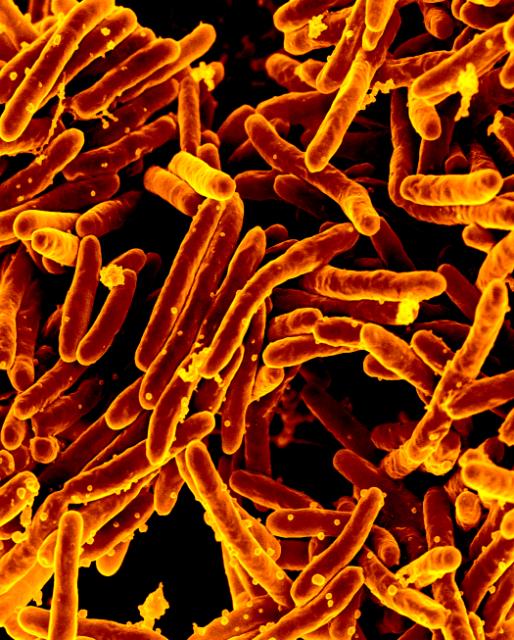
Deciphering how an ancient person lived and died is based heavily on the context of the buried body or mummy, including the soil around the gravesite, artifacts present in the grave and if nothing else, the location of the remains. What happens when there is no context? With skeletal remains or even bone fragments, which is primarily what is found at many burial sites, there is some information that can be derived but mummies that include tissue as well as bone offer a greater opportunity to learn about a deceased individual’s life. A recently published PLOS ONE article of a bog body identified using analyses across several scientific fields demonstrates how we can uncover the story of a person who lived several centuries ago based on her mummified remains. Continue reading “Uncovering the Life and Death of a Mummy”
 I am fascinated by all the ways that scientists are taking sensitive techniques and using them to look into our past. For example,
I am fascinated by all the ways that scientists are taking sensitive techniques and using them to look into our past. For example, 